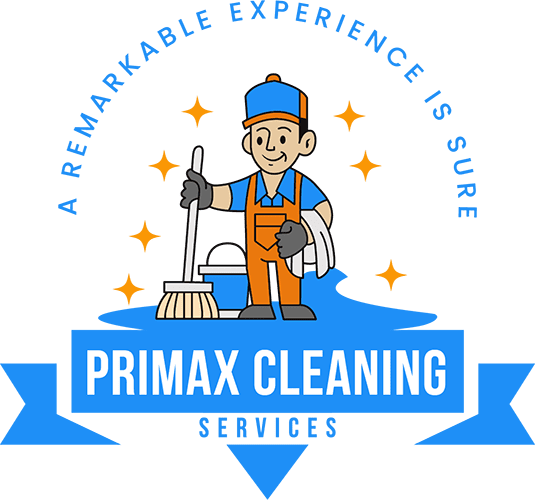Industrial spaces need special care to stay safe and clean. Keeping these areas in top shape means understanding the best cleaning practices that protect both workers and equipment. Safety is a top priority in industrial cleaning, as these environments often involve hazardous materials and heavy machinery.
Hygiene is equally important to prevent contamination and ensure that products remain pure and facilities stay operational. With methods crafted specifically for industrial needs, maintaining a safe and sanitary space becomes achievable and efficient. This article will explore crucial strategies that boost safety and hygiene in industrial settings, helping to create an environment where productivity thrives while risks are minimized.
Key Safety Measures in Industrial Cleaning
Ensuring safety during industrial cleaning requires attention to specific guidelines. Protecting workers is a top priority, given the complex environment and potential hazards present.
1. Protective Gear: Equip workers with necessary safety gear such as gloves, goggles, and masks. This protects against chemical exposure and physical injuries.
2. Training Programs: Conduct comprehensive training to educate employees about equipment use and emergency procedures. Well-trained staff are more prepared to handle incidents safely.
3. Proper Use of Equipment: Regularly inspect and maintain cleaning equipment to prevent malfunctions. Make sure operators understand how each device works to reduce accidents.
4. Chemical Handling: Provide clear instructions on chemical use and storage. Label all containers clearly and store them in a secured area to avoid spills and accidents.
5. Emergency Protocols: Establish clear emergency response protocols. This includes evacuation plans and access to safety kits in case of accidents.
By following these safety measures, industrial facilities can create a secure working environment that minimizes risks and promotes the well-being of all workers involved in cleaning tasks.
Hygiene Practices for Effective Industrial Cleaning
Maintaining proper hygiene in industrial settings is essential for both safety and productivity. Cleanliness helps prevent contamination and supports a healthy workplace.
1. Scheduled Cleanings: Develop a routine cleaning schedule to ensure no area is overlooked. Consistent cleaning reduces dirt buildup and keeps surfaces hygienic.
2. High-Traffic Area Focus: Pay special attention to areas with heavy foot traffic. Regularly clean floors and common touchpoints like doorknobs and railings to minimize germ spread.
3. Sanitization Stations: Set up sanitization stations around the facility. Providing easy access to hand sanitizers and disinfectant wipes encourages a cleaner environment.
4. Air Quality Management: Use proper ventilation and air filters to enhance indoor air quality. This reduces airborne contaminants that can affect health and hygiene.
5. Cross-Contamination Prevention: Avoid using the same cleaning tools for different areas. Color-coding tools like mops and cloths can help prevent cross-contamination.
Conclusion
Adopting effective safety and hygiene practices in industrial cleaning is crucial for maintaining a healthy, productive environment. By implementing key safety measures and strict hygiene protocols, industries can minimize risks and improve the overall workplace experience. These practices protect both employees and machinery, helping operations run smoothly and efficiently.
Are you looking to elevate your cleaning standards? Primax Cleaning Services offers expert industrial cleaning services tailored to your needs. Our team understands the importance of maintaining high safety and hygiene standards in industrial settings. Contact us today to learn how we can help you achieve a cleaner and safer work environment.




